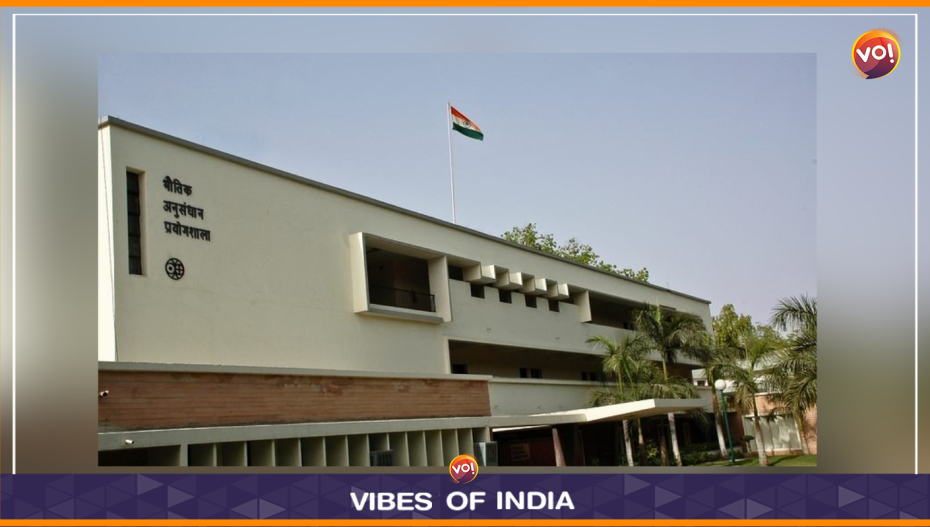A group of Ahmedabad’s Physical Research Laboratory (PRL) scientists have discovered an explosion of a rare helium Nova white dwarf star named V445 Puppis in the universe.
V445 Puppis is the only known helium nova in our Milky Way. Nova is a system of two stars closely orbiting around each other. While one of them is a sun-like star, the other is a white dwarf – a mighty midget the size of the Earth but extremely heavy.
Explosion of a white dwarf star helps astrophysicists understand the physics and evolution of binary star systems, the origin and distribution of chemical elements, and the distance and structure of the Milky Way galaxy.
By mass, most stars are made of 73 per cent hydrogen, 25 per cent helium and the remaining 2 per cent comprising all other elements. This had led astrophysicists at PRL to suggest in 2003 that V445 Puppis was no ordinary nova but rather a helium nova. This means that the material ejected violently in the explosion contained no signs of hydrogen, but rather was rich in helium and carbon.
Now, new results have been published in the August 2023 edition of the Astrophysical Journal Letters by a team comprising international astrophysicists from India, UK and the US led by professor emeritus (CSIR) at PRL, Dipankar Banerjee.
These results show that the mass of material ejected in the nova explosion was unusually high – unprecedented for a nova explosion – and that V445 Puppis has a strong possibility of exploding as a supernova in the future.
Prof Banerjee said, “A white dwarf can have up to 1.4 times the mass of the Sun. If it exceeds this theoretical mass limit called the Chandrasekhar mass, it will explode.”
He explained, “The strong gravitational pull of the white dwarf continuously siphons gaseous matter from the outer envelope of the companion star and forms a layer on its own surface. When the accumulated material grows sufficiently massive, a violent thermonuclear fusion reaction is initiated in it and the star erupts.” This constitutes the nova explosion wherein there is a sudden appearance of a bright, apparently “new” star (nova is Latin for new).
In the process, the dim white dwarf is not destroyed, but rather ejects the accreted matter into space and brightens by about 10,000 times, transforming from a faint glow-worm to a brilliant searchlight.
The process of accretion then restarts and continues till the next nova eruption that occurs many thousands of years later. Prof Banerjee adds, “V445 Puppis provides a rare opportunity to verify supernova theories. Specifically, it can be used to check the viability of the ‘double-detonation sub-Chandrasekhar formalism’ as a route for creating supernovae of Type 1a, which are objects of great cosmological importance.”
Also Read: Crorepati Taxpayers In Gujarat Soar By 49%












